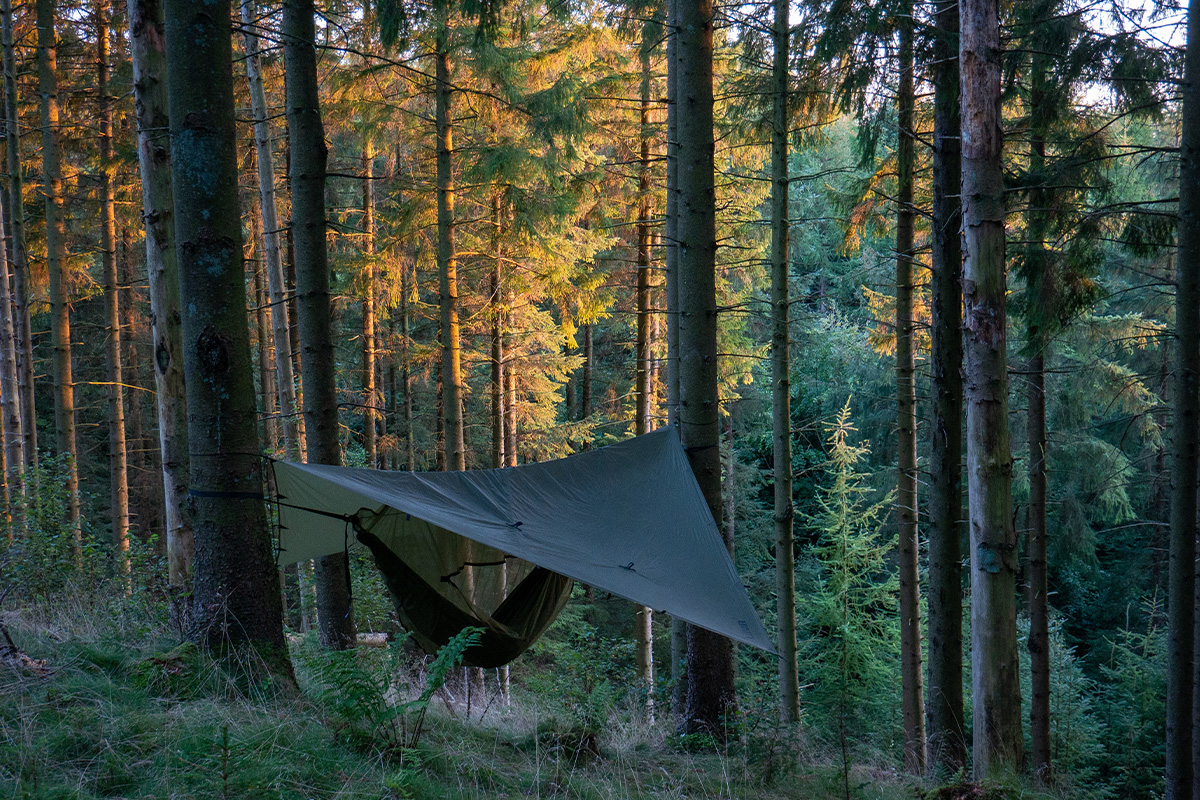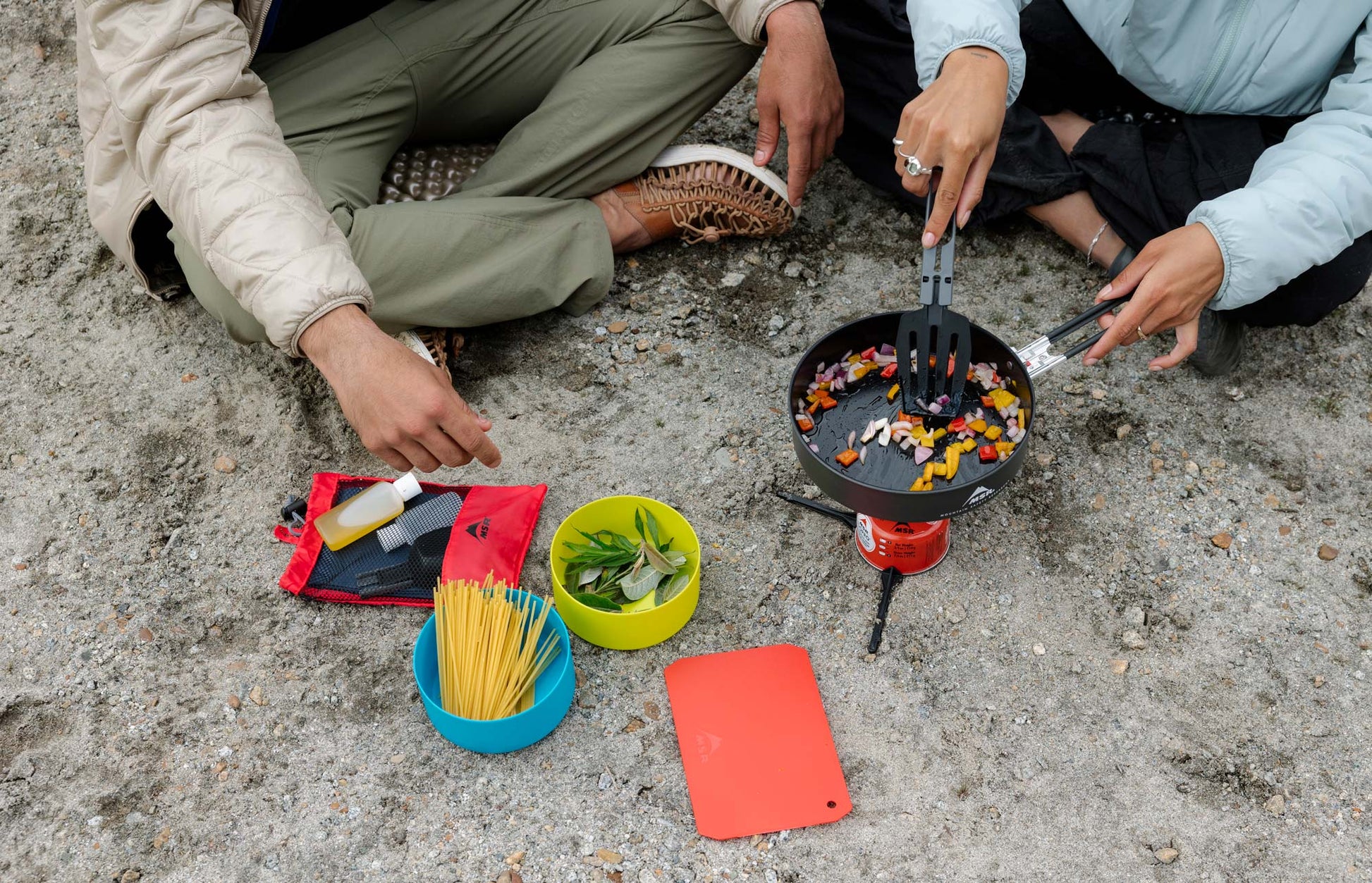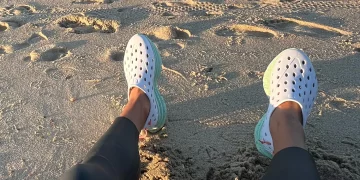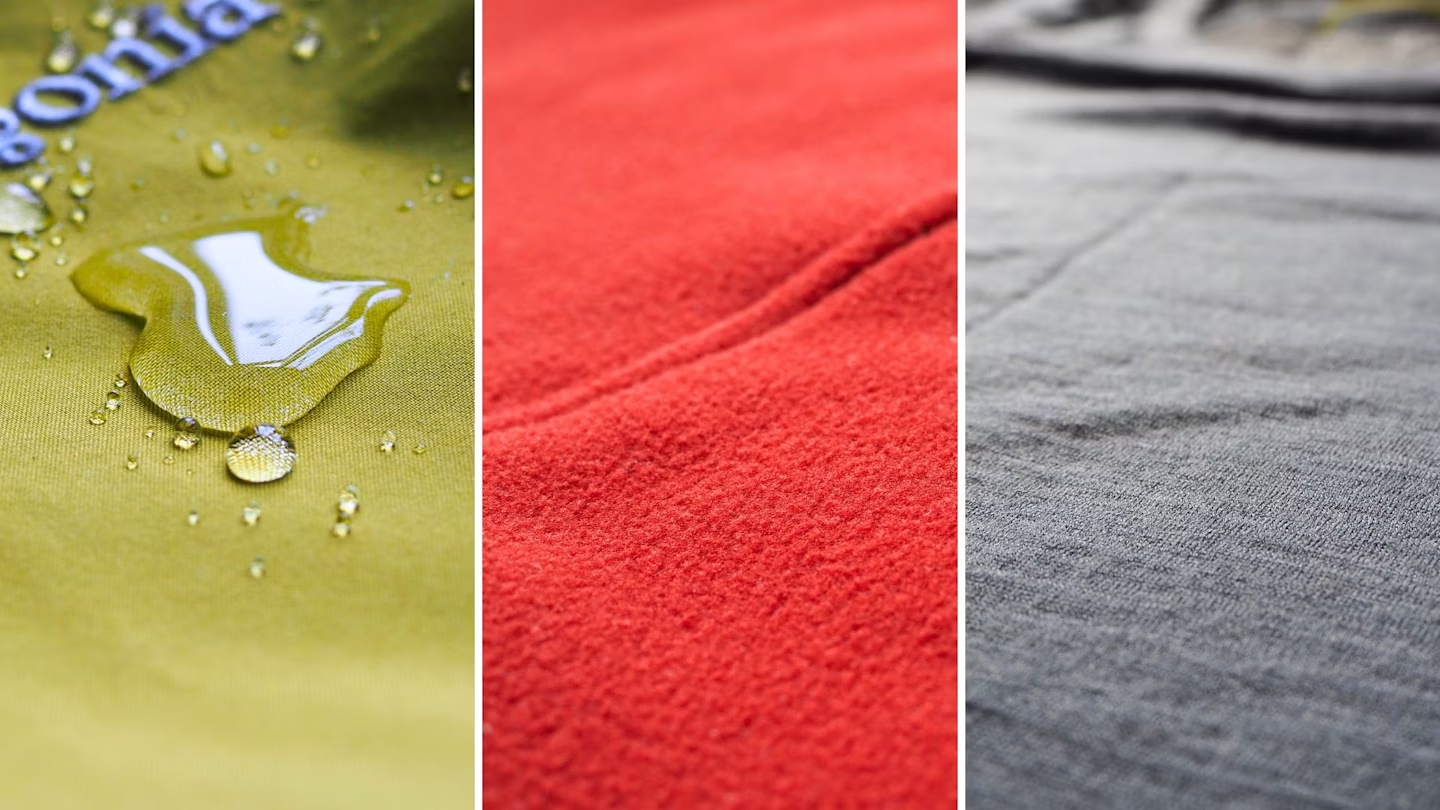Venturing into the great outdoors alone is an exhilarating experience. Solo adventuring brings a sense of freedom, self-reliance, and connection to nature that group trips can rarely match. But with that independence comes the responsibility of being fully prepared—gear, knowledge, and mindset must all be top-notch. Whether you’re planning a weekend hiking trip, an extended backpacking excursion, or a backcountry camping adventure, having the right gear can make or break your experience.
In this article, we will explore the essential gear for solo outdoor adventures—everything from shelter to food, clothing, and safety equipment—while keeping in mind the need for minimalism, weight-saving, and efficiency. By the end of this guide, you’ll be well-equipped to face the challenges of outdoor exploration alone, all while making your journey safer, more comfortable, and enjoyable.
1. Shelter: The Foundation of Comfort and Safety
When heading into the wild, your shelter is your first line of defense against the elements. A good shelter not only protects you from rain, wind, and cold but also provides a psychological sense of security when you’re in unfamiliar terrain.
Tent: Compact and Reliable
A lightweight tent is an absolute must for solo adventurers. Look for a tent that strikes a balance between durability and weight. Two-person tents are usually a good choice, as they offer more space and comfort while still being lightweight. Popular choices include the MSR Hubba NX or the Big Agnes Copper Spur—both are compact, durable, and relatively easy to set up, even for beginners.
Tarp and Emergency Shelter: The Versatile Backup
If you’re looking to save weight, you might consider a tarp instead of a full tent. Tarp shelters can be configured in numerous ways, depending on your location and weather conditions. They provide shelter without the bulk but do require a bit more know-how to set up effectively. Also, carrying an emergency bivy sack or an ultralight emergency shelter can be a lifesaver if your primary shelter fails.
2. Sleeping System: Rest is Essential
A good night’s sleep is critical to keeping your energy levels up during a solo adventure. Since you’ll be the only one to rely on, choosing a sleeping system that balances comfort with weight is essential.
Sleeping Bag: Warmth and Compactness
When it comes to sleeping bags, you’ll want something lightweight, warm, and compressible. Down insulation is the gold standard for ultralight warmth, but synthetic bags are often more affordable and retain heat even in damp conditions. Make sure to choose a bag rated for temperatures a little colder than you expect to encounter; you can always unzip if you get too warm, but a cold night can ruin your trip. Western Mountaineering and Feathered Friends make excellent sleeping bags that cater to a wide range of temperatures and conditions.
Sleeping Pad: Comfort and Insulation
A sleeping pad provides two crucial functions: comfort and insulation from the cold ground. Therm-a-Rest is a leading brand known for its lightweight, packable, and comfortable options. Choose one with a high R-value (indicating insulation performance) for colder conditions or opt for a lighter, thinner pad if you’re traveling in warmer climates. Inflatable pads offer excellent comfort and compactness, while closed-cell foam pads are more durable and virtually indestructible.

3. Cooking and Hydration: Fuel for the Journey
You’ll need to refuel your body to maintain energy, and cooking on the trail doesn’t have to be a hassle. Simplicity and efficiency are the key here.
Stove: Lightweight and Efficient
For solo adventurers, a compact, lightweight stove is essential. Jetboil and MSR PocketRocket are two favorites in the backpacking community because they are incredibly efficient and easy to use. Jetboil systems are great for boiling water quickly, while PocketRocket stoves give you more control over the flame for cooking meals. You’ll also need a small fuel canister, which can be a bit heavy but is indispensable for boiling water and cooking hot meals.
Cookware: Minimalist and Durable
Opt for ultralight cookware that doesn’t add too much bulk to your pack. Titanium or aluminum pots are ideal for solo adventures. If you’re cooking more than just dehydrated meals, a lightweight frying pan or pot combo can be handy. Snow Peak and MSR both offer durable yet lightweight options that fold up or nest easily.
Hydration System: Keep It Simple
Staying hydrated is critical, especially when you’re solo. A hydration reservoir, such as a CamelBak, allows you to drink hands-free while hiking. Alternatively, a water filter or purifier (like the Sawyer Squeeze or LifeStraw) will ensure you can safely drink from natural water sources along the way. Carrying a collapsible water bottle or a durable Nalgene bottle is also useful for emergency hydration and storing extra water.
4. Clothing: Layering for All Conditions
Your clothing system should be versatile enough to protect you from the elements while keeping you comfortable and lightweight. Layering is the best approach for solo adventuring.
Base Layer: Moisture-Wicking and Quick-Drying
The base layer, which rests against your skin, should wick away moisture and dry quickly. Merino wool and synthetic fabrics like Polartec are excellent choices. Merino is odor-resistant and comfortable over long periods, while synthetics dry faster and offer better breathability. Aim for long-sleeve shirts and pants to prevent sun exposure and protect against bugs.
Mid Layer: Warmth Without Bulk
The mid-layer provides insulation and warmth. Lightweight fleece jackets or down sweaters are excellent choices. Patagonia and Arc’teryx both offer top-tier mid-layer options that pack down into small spaces but still provide significant warmth. On colder nights, adding a down jacket can be a game-changer.
Outer Layer: Wind and Waterproof Protection
For your outer layer, you’ll need a breathable, waterproof shell to protect you from rain and wind. Gore-Tex is the industry standard for waterproof, breathable membranes, but there are also newer, eco-friendly options such as eVent or Pertex Shield. Look for a jacket with a good hood, adjustable cuffs, and pit zips for ventilation. Outdoor Research and The North Face make great jackets suited for solo adventurers.
Footwear: Comfort is Key
When hiking solo, your feet will be your primary mode of transport, so choosing the right footwear is paramount. Boots should be supportive, durable, and waterproof, but also light enough to minimize fatigue. A pair of La Sportiva or Scarpa boots offers the perfect balance of stability and comfort. If you’re planning on lighter trails or warmer climates, trail runners can offer even more comfort and speed.
5. Navigation: Know Your Path
Getting lost on a solo trip can be both dangerous and demoralizing. Proper navigation gear ensures you stay on track.

Map and Compass: Low-Tech but Reliable
Don’t rely solely on your phone’s GPS. While smartphones are incredibly useful, they can run out of battery or lose signal in remote areas. Always carry a topographic map and compass to help you navigate. Familiarize yourself with the basics of map reading and compass use before your trip.
GPS Device: Backup Navigation
A GPS device, such as the Garmin inReach or Suunto Traverse, can serve as a backup for both navigation and emergency communication. Some GPS units also allow for tracking, which can be helpful for re-orienting yourself if you get off course. The Garmin inReach is also equipped with satellite communication, allowing you to send messages or SOS signals if you’re in distress.
6. Safety: Be Prepared for the Unexpected
When adventuring solo, safety should always be your top priority. From basic first aid to dealing with wildlife encounters, there are a few critical pieces of gear to have on hand.
First Aid Kit: Customize for Your Needs
A small, well-stocked first aid kit can be a lifesaver. Include bandages, antiseptic wipes, blister pads, pain relievers, and any personal medications you might need. You may also want to add specific items like an elastic bandage for sprains or an instant cold pack.
Multi-Tool: Versatile Utility
A high-quality multi-tool is an excellent addition to any solo adventurer’s kit. Leatherman and Swiss Army knives offer a wide range of functions—scissors, screwdrivers, pliers, and knives—that are useful for both everyday tasks and emergency situations.
Headlamp: Light When You Need It
A headlamp is hands-free and essential for those moments when you need to navigate or cook after dark. A lightweight, rechargeable model, such as the Black Diamond Spot, will offer enough power for most situations. Always carry extra batteries as well.
7. Food: Fuel Your Adventure
Your body will need sustenance, and when you’re solo, you’ll need food that is both easy to carry and easy to prepare.
Dehydrated Meals: Quick and Lightweight
For long trips, dehydrated meals are the best choice. Companies like Mountain House, Backpacker’s Pantry, and Good To-Go offer delicious and nutritionally balanced meals that only require hot water. They are incredibly lightweight, saving space and reducing your pack weight.
Snacks: Boosts of Energy
Granola bars, nuts, jerky, and dried fruits are all great options for quick, energy-boosting snacks during the day. You’ll need high-calorie, lightweight snacks that are easy to access while hiking.
Conclusion: Light, Safe, and Smart
Solo outdoor adventures are rewarding, but they require careful preparation. Choosing the right gear can be the difference between a joyous adventure and a difficult or unsafe experience. By focusing on weight, functionality, and versatility, you can ensure your gear serves you well without slowing you down. Remember, the goal is not just survival—it’s to enjoy the beauty and freedom that comes with exploring the wild on your own terms.
Happy trails!























